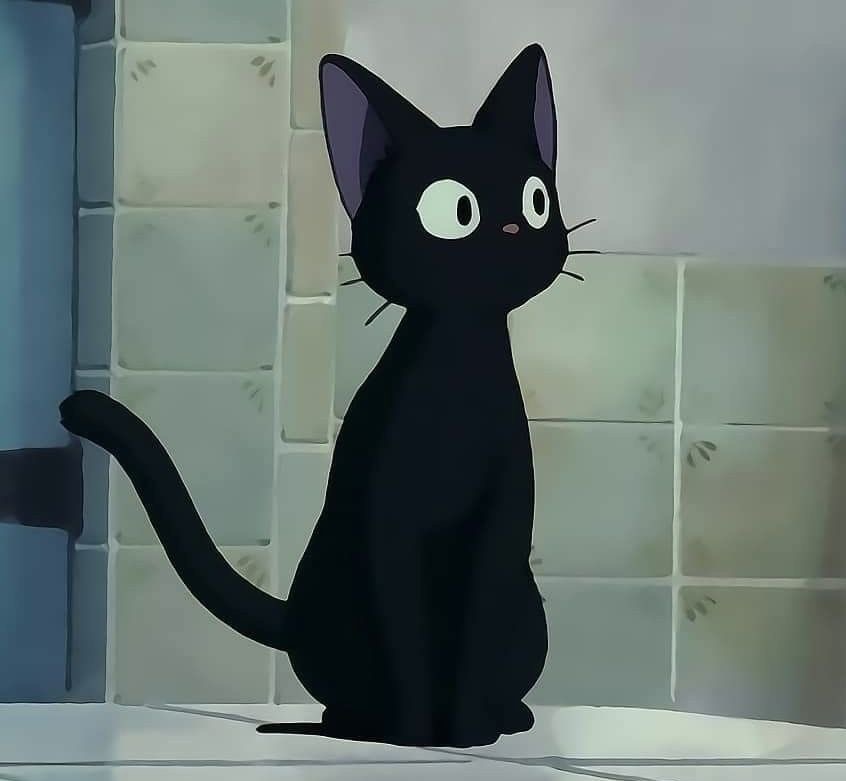B17
Cards (39)
- What does abiotic mean?
- Where is almost all of the water on Earth found?
- What type of water is found in the oceans?
- What causes water to evaporate from the sea?
- What happens to water vapor when it cools down?
- What does precipitation include?
- What type of water do all forms of precipitation contain?
- What happens to some of the water when it hits the ground?
- What forms when water passes through rocks?
- Where does the water in rivers and streams eventually drain back into?
- How do plants contribute to the water cycle?
- What is the name of the process where water moves up the plant?
- Through what structure do plants release water vapor?
- How do animals take in water?
- How do animals release water?
- What is the first key fact about the carbon cycle?
- How does carbon enter the carbon cycle?
- What do plants combine with carbon dioxide during photosynthesis?
- What is produced during photosynthesis?
- What energy source is used in photosynthesis?
- Who carries out photosynthesis?
- What process returns carbon dioxide to the atmosphere?
- What is the difference between respiration and breathing?
- What are the two key processes in the carbon cycle?
- How do plants and algae use carbon dioxide from the atmosphere?
- What happens to some carbon in plants and algae after respiration?
- What can happen to plants and algae in the food chain?
- What happens to carbon when animals eat plants?
- What do animals release back to the atmosphere?
- What do animals produce as waste products?
- What happens to animals and plants after they die?
- Who breaks down dead remains and waste products?
- What are examples of decomposing microorganisms?
- What do decomposers release back into the atmosphere?
- What do decomposers release to the soil?
- What happens to carbon in dead remains under low oxygen conditions?
- How long does it take for carbon to be trapped as fossil fuels?
- What has been happening to fossil fuels over the last 200 years?
- What is released back to the atmosphere when fossil fuels are burned?
See similar decks
GCSE Biology
4243 cardsAQA GCSE Biology
3781 cardsWJEC GCSE Biology
2787 cardsEdexcel GCSE Biology
2635 cardsOCR GCSE Biology
2284 cardsCCEA GCSE Biology
1402 cardscell differentiation
biology47 cardsAQA A-Level Biology
3538 cardsOCR A-Level Biology
3977 cardsAP Biology
3360 cards6.5 Forensic Biology
Edexcel A-Level Biology > Topic 6: Immunity, Infection and Forensics226 cardsUnit 1: Cell Biology
GCSE Biology527 cardsEdexcel A-Level Biology
8631 cards3.5 Developmental Biology
Edexcel A-Level Biology > Topic 3: Voice of the Genome47 cards6.5 Forensic Biology
Edexcel A-Level Biology > Topic 6: Immunity, Infection and Forensics221 cardsUnit 1: Cell Biology
AQA GCSE Biology407 cardsEdexcel A-Level Biology
8664 cardsModule 2: Foundations in biology
OCR A-Level Biology1003 cards8.3 Population Ecology
AP Biology > Unit 8: Ecology88 cardsUnit 7: Ecology
GCSE Biology734 cardsUnit 8: Ecology
AP Biology330 cards
